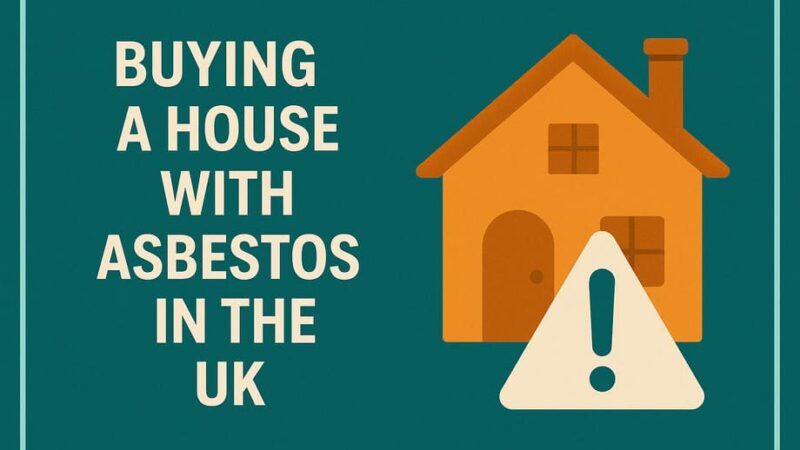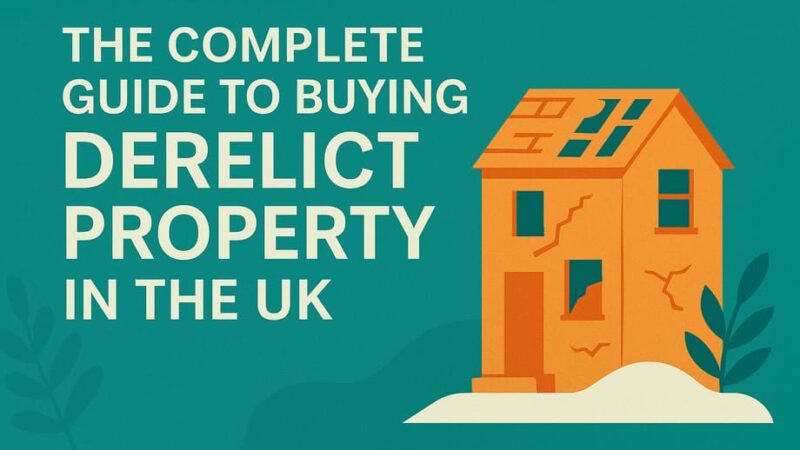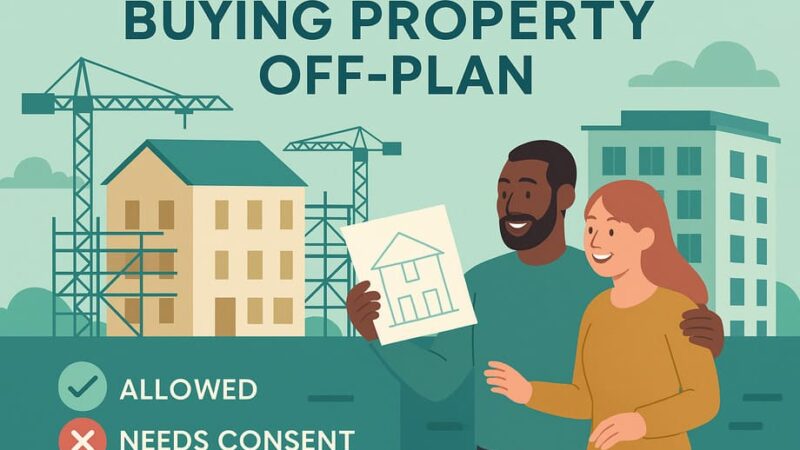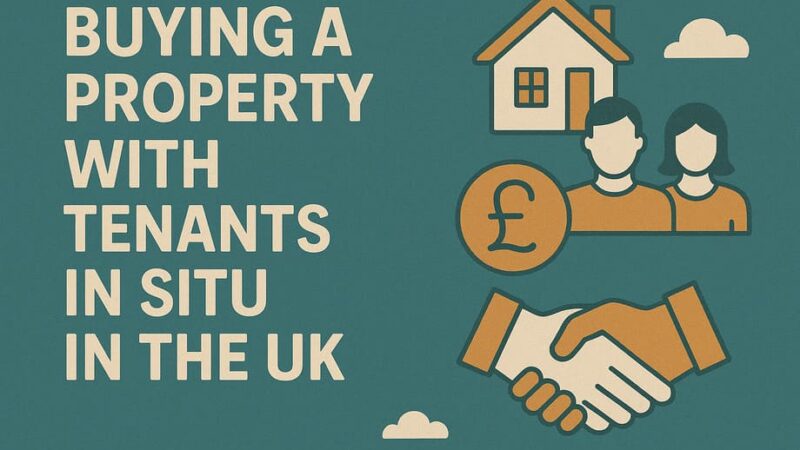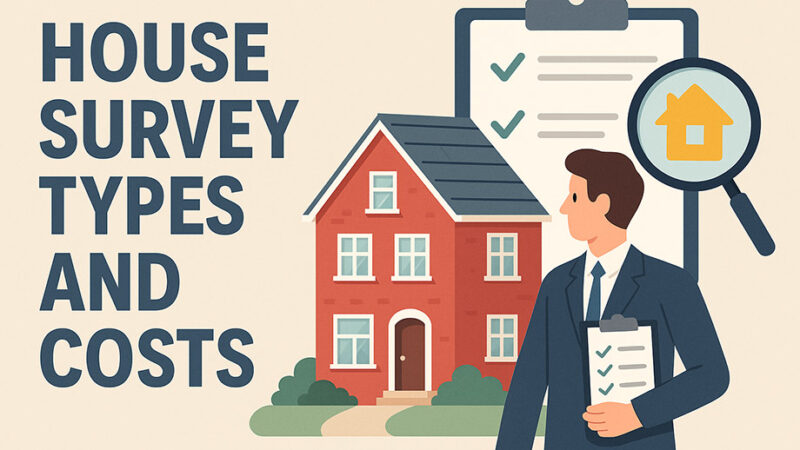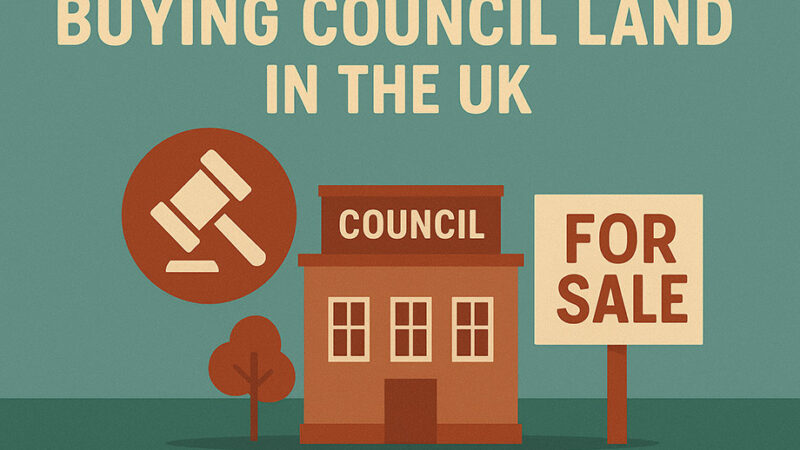How to Buy an Empty or Vacant Property in the UK – Complete Guide
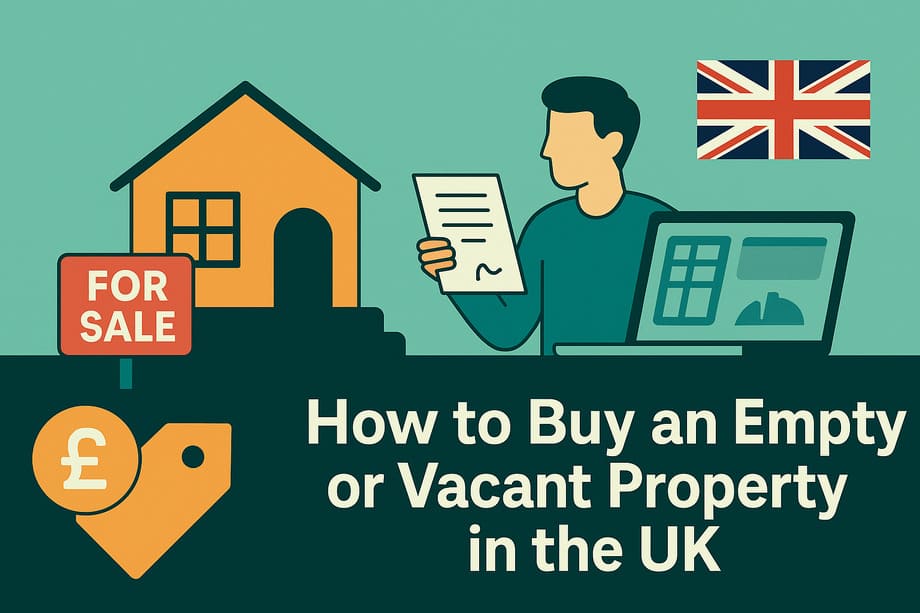
Thousands of homes across the UK stand empty or fall into disrepair. For buyers willing to take on the challenge, these vacant properties can represent excellent opportunities. They often come at lower prices, may qualify for renovation grants, and can become valuable assets once restored.
But buying an empty or uninhabitable property is not straightforward. There are legal, financial, and practical hurdles that differ from a standard home purchase. This guide explains everything you need to know: where to find empty houses, how to buy them, what risks to watch for, and how to bring them back into use.
What Counts as an Empty Property?
An “empty” or “vacant” property is simply one that is unoccupied. But the condition can vary widely:
- Empty but habitable: A house that has been vacant for a while but still has working utilities and basic facilities.
- Empty and neglected: Homes that have stood unused for years, with damp, broken windows, or outdated systems.
- Uninhabitable houses: Properties considered too unsafe to live in, often lacking kitchens, bathrooms, or structural stability.
- Probate or repossessed properties: Homes left empty after the owner’s death or due to mortgage repossession.
Understanding which type you’re dealing with helps you judge the work and financing required.
Why Buy an Empty House?
Investors, developers, and even first-time buyers consider empty homes because:
- Lower purchase price – sellers may accept below-market offers.
- Renovation potential – chance to add value through refurbishment.
- Less competition – compared to standard housing stock.
- Community benefit – turning an eyesore into a useful home.
However, the savings can be offset by repair costs, so a cautious approach is essential.
Where to Find Empty Properties for Sale
Locating empty or derelict houses requires effort, but there are several routes to explore:
1. Estate Agents
Local estate agents often list properties labelled “in need of modernisation” or “unmodernised.” These are usually empty and ripe for renovation.
2. Property Auctions
Auction catalogues frequently include vacant or repossessed homes. Sales are quick, but buyers need to do due diligence before bidding.
3. Empty Properties Register
Some local councils keep an Empty Homes Register, though not all make it public. You can request information directly from your council’s housing department, or in some cases through Freedom of Information requests.
4. Probate and Repossessions
Solicitors handling probate sales or lenders managing repossessions often release empty properties onto the market.
5. Online Property Portals
Search filters like “renovation project” or “investment opportunity” can reveal empty or uninhabitable homes.
6. Walking Around the Area
Spotting boarded-up or neglected houses in your target neighbourhood, then tracing owners through HM Land Registry, remains a tried-and-tested method.
Step-by-Step: How to Buy an Empty House
Buying an empty property involves more stages than a standard purchase. Here’s the process:
Step 1 – Research the Property
- Check council tax records to confirm vacancy.
- Order a title search from HM Land Registry to see ownership details.
- Ask the local council if there are outstanding enforcement notices or planning restrictions.
Step 2 – Arrange Financing
Many lenders are reluctant to mortgage homes that are uninhabitable. Options include:
- Specialist renovation mortgages – released in stages as work progresses.
- Bridging loans – short-term finance for auction purchases.
- Cash purchase – avoids lender restrictions but requires upfront funds.
Step 3 – Get a Full Survey
Never skip a survey on an empty home. A chartered surveyor can identify:
- Damp and mould
- Structural cracks
- Roof damage
- Asbestos or hazardous materials
- Issues with utilities and services
Step 4 – Make an Offer
Use the property’s condition as a bargaining tool. Empty houses often need significant work, which should be reflected in your offer.
Step 5 – Legal Checks and Contracts
Your solicitor should:
- Confirm ownership and title.
- Review any charges, covenants, or restrictions.
- Ensure the sale contract covers vacant possession.
Step 6 – Completion and Handover
Once the deal completes, secure the property immediately. Change locks, board broken windows, and arrange specialist insurance for vacant buildings.
Step 7 – Renovate and Restore
Budget realistically for repairs. Always include a contingency of 10–20% for unexpected costs.
Renovating an Empty or Uninhabitable House
Empty properties often need more than cosmetic updates. Typical works include:
- Installing a kitchen and bathroom (required for mortgage eligibility).
- Electrical rewiring and plumbing replacement.
- Damp-proofing and insulation.
- Roof repairs or replacement.
- Addressing structural movement or subsidence.
Grants and Schemes
Some councils offer grants or interest-free loans to encourage owners to bring empty homes back into use. These are often conditional on using the property as a main residence or letting it out.
Risks of Buying an Empty Property
While the rewards can be significant, so are the risks:
- Hidden structural issues – can escalate renovation costs.
- Mortgage refusals – if the property is deemed uninhabitable.
- Security problems – vacant houses may attract vandalism or squatters.
- Council tax premiums – many councils charge higher rates for long-term empty homes.
- Planning complications – particularly for listed buildings or those in conservation areas.
Empty Properties Register Explained
Many buyers hear about the “empty properties register” and hope it’s a public list of bargains. In reality:
- Registers exist, but not always public.
- Councils track long-term vacant homes mainly for enforcement or policy reasons.
- Access can sometimes be gained through direct request or Freedom of Information.
- Even without direct lists, housing departments can advise if any schemes or partnerships exist locally.
Uninhabitable Houses for Sale – What You Need to Know
An “uninhabitable” home is one that cannot be lived in safely. Mortgage lenders define this as lacking basic facilities such as:
- A working kitchen
- A functional bathroom
- Heating and running water
- Sound structure and roof
For such properties, buyers often need:
- Cash purchase, or
- Specialist finance (renovation or bridging loans) until works are complete.
Practical Tips Before You Commit
- Always get professional surveys and legal advice.
- Budget beyond the purchase price: renovation, insurance, council tax, security.
- Speak to local councils about grants, loans, and potential restrictions.
- Have a clear exit strategy: live in it, rent it, or sell on?
FAQs
Can I get a mortgage on an empty house?
Yes, if it’s habitable. If not, specialist renovation finance or cash may be required.
Do councils sell empty homes?
Some councils bring empty homes to auction or offer them through partnerships. Contact your local authority’s housing department.
Are empty houses cheaper to buy?
Often yes, but the savings may be outweighed by renovation costs.
How do I find abandoned houses?
Walk the area, check HM Land Registry for ownership, and ask neighbours or the council.
Do I pay more council tax on empty property?
Yes, many councils apply a premium for long-term vacant homes, sometimes up to double standard rates.
Conclusion
Buying an empty or vacant house in the UK can be both rewarding and challenging. These properties often come at lower prices and with the chance to add real value through renovation. But they require careful research, cautious budgeting, and awareness of the legal and financial pitfalls.
With the right preparation—checking registers, arranging finance, carrying out surveys, and planning renovation—you can turn an unused property into a valuable home or investment.
Last Updated on September 15, 2025 by James Cartwright


